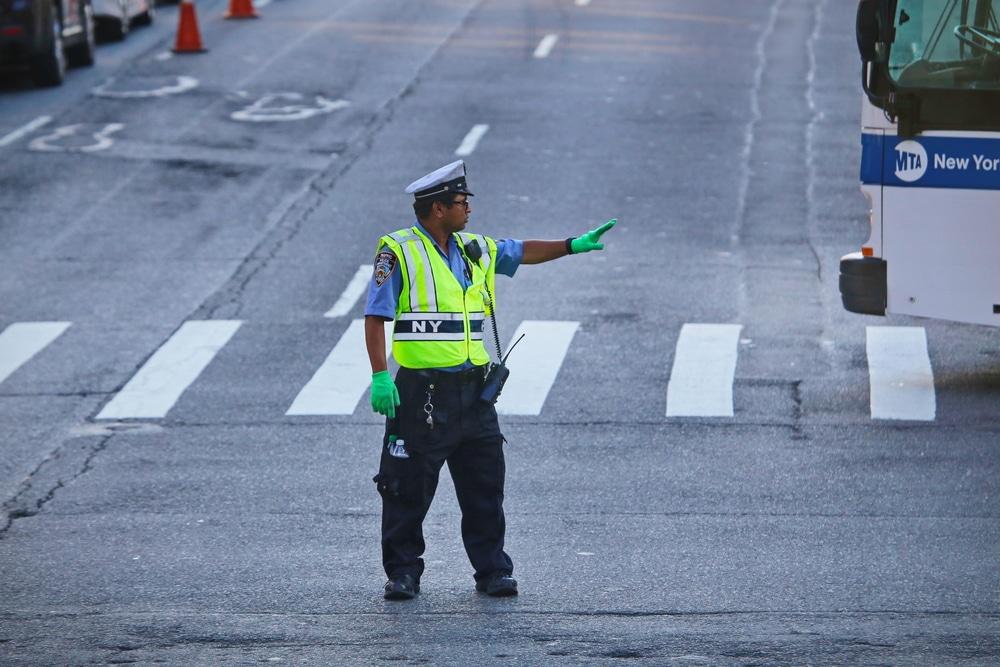Why New York City Must Retain Control Over Its Streets: Advocating for Local Governance
As New York City continues to grow and face increasing demands for safety, accessibility, and fair use of public spaces, the debate over who should govern its streets intensifies. This discussion is not merely about jurisdiction but about preserving the city’s ability to respond effectively to its unique urban challenges. This article contends that New York City itself-not the federal government-should hold authority over its roadways, ensuring policies that resonate with the city’s diverse communities and evolving needs. The conversation centers on autonomy, accountability, and the future of urban living in America’s largest metropolis.
Federal Intervention: Obstacles to Effective Street Management in NYC
Federal mandates and regulations often impose a rigid framework on New York City’s street management, creating layers of bureaucracy that hinder swift and context-sensitive decision-making. Uniform federal policies tend to overlook the distinct characteristics of individual neighborhoods, resulting in inefficient use of resources and delayed infrastructure improvements. This disconnect can stall urgent repairs and innovative urban projects, frustrating residents who rely on timely and relevant solutions.
Additionally, federal oversight complicates the delicate balance between safety, accessibility, and preserving neighborhood identity. The necessity to comply with multiple federal approvals slows down critical upgrades and forces local officials to navigate conflicting requirements that may not align with on-the-ground realities. Consequences of this overreach include:
- Prioritization of national standards that may not fit local contexts
- Restrictions on creative street design and modernization efforts
- Increased project expenses due to compliance and reporting demands
| Area of Impact | Federal Involvement | Effect on NYC |
|---|---|---|
| Funding | Distributes grants with strict conditions | Causes delays in maintenance and upgrades |
| Regulation | Enforces uniform traffic and safety rules | Limits flexibility in street design |
| Oversight | Requires extensive reporting | Diverts local resources to compliance efforts |
Advantages of Localized Street Governance in New York City
Granting New York City full control over its streets allows for policies that are finely tuned to the city’s diverse neighborhoods. This autonomy enables rapid responses to traffic issues, infrastructure needs, and community feedback. Local governance promotes accountability and prioritizes pedestrian safety, efficient public transit, and sustainable urban initiatives without the delays often caused by federal bureaucracy.
Key benefits include:
- Faster deployment of traffic calming strategies informed by real-time analytics
- Stronger partnerships with local businesses and residents to enhance street design
- Focused investments in underserved communities to promote equity
- Flexibility to experiment with innovative transportation solutions such as expanded bike lanes and congestion pricing
| Benefit | Impact on NYC |
|---|---|
| Optimized traffic signal timing | Reduces congestion and improves commute times |
| Localized safety assessments | Decreases pedestrian accidents |
| Community-driven design feedback | Ensures streets reflect residents’ priorities |
Empowering NYC: Strategies to Strengthen Local Control Over Transportation
Decentralizing Authority: To fully empower New York City, legislative changes must shift control from federal agencies to local governance. This shift would allow NYC to craft policies that address its unique urban challenges, such as dense population, diverse transit needs, and neighborhood-specific safety concerns. Strengthening collaboration with state entities will also be essential to align funding and policy execution with local priorities.
Diversifying Funding and Enhancing Accountability: New York City should pursue innovative funding mechanisms that reduce reliance on federal grants. Expanding congestion pricing zones, fostering public-private partnerships, and instituting dedicated local transportation taxes can provide sustainable revenue streams. Establishing a municipal transportation authority equipped with data analytics and community engagement tools will improve transparency and responsiveness. The table below outlines potential funding sources and their anticipated impacts over the next five years:
| Funding Source | Estimated Revenue | Primary Benefit |
|---|---|---|
| Expansion of Congestion Pricing | $600M | Mitigates traffic and finances transit improvements |
| Public-Private Partnerships | $350M | Accelerates infrastructure development |
| Local Transportation Tax | $275M | Provides consistent funding with local oversight |
Policy Proposals to Enhance Municipal Decision-Making Power
For New York City to effectively govern its streets, it must gain greater independence from federal control. This involves creating policies that decentralize authority, allowing city planners and community members to design transportation initiatives that reflect neighborhood realities. Leveraging local expertise ensures investments focus on pedestrian safety, transit accessibility, and equitable street use rather than broad federal mandates.
Recommended reforms include:
- Allowing NYC to directly manage federal transportation funds to reduce bureaucratic delays
- Forming a state-municipal commission to oversee urban mobility projects with active citizen participation
- Supporting pilot programs that test innovative traffic management strategies under local control
- Requiring transparent reporting on street usage to guide data-driven policymaking and build public trust
| Policy Recommendation | Anticipated Outcome |
|---|---|
| Direct Allocation of Federal Funds to NYC | Speeds up project delivery and customizes spending |
| State-Municipal Oversight Commission | Enhances governance responsiveness and stakeholder input |
| Local Pilot Initiatives | Encourages innovation in traffic and safety management |
| Transparent Data Reporting | Supports informed decisions and strengthens public confidence |
Final Thoughts: Prioritizing Local Authority for a Thriving NYC
The debate over who should govern New York City’s streets transcends legal jurisdiction-it shapes the city’s future. This analysis underscores the necessity of local control to effectively address the city’s distinct challenges and priorities. Entrusting decision-making to city officials, who are directly accountable to residents, is vital for cultivating safer, more equitable, and adaptive urban environments. The federal government’s role should be supportive rather than directive, empowering New York City to design its streets in ways that authentically represent the needs and voices of its communities.













